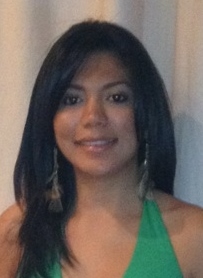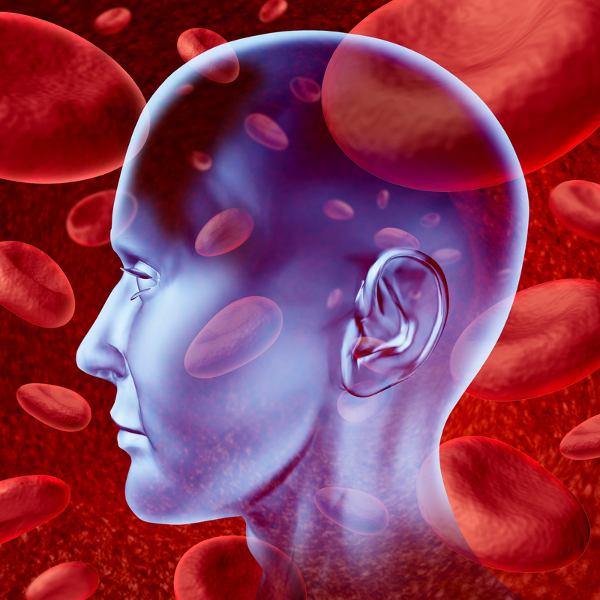I am an OTR cur rently working at Alta Vista Rehabilitation and Healthcare in Brownsville, Texas. I began working as a new OT at an inpatient hospital, where I was first introduced to Neuro Integrative Functional Rehabilitation and Habilitation (Neuro-IFRAH) techniques. Neuro-IFRAH courses cover the treatment and management of adults with hemiplegia from a stroke or a brain injury. I was given the opportunity to attend a certification course for Neuro-IFRAH in 2009. Since then, I’ve been utilizing their techniques to treat stroke patients in the inpatient and skilled nursing home setting. Neuro-IFRAH provides the therapist with numerous strategies, ideas and techniques that can be applied and utilized to treat the patient’s functional limitations following a stroke.
rently working at Alta Vista Rehabilitation and Healthcare in Brownsville, Texas. I began working as a new OT at an inpatient hospital, where I was first introduced to Neuro Integrative Functional Rehabilitation and Habilitation (Neuro-IFRAH) techniques. Neuro-IFRAH courses cover the treatment and management of adults with hemiplegia from a stroke or a brain injury. I was given the opportunity to attend a certification course for Neuro-IFRAH in 2009. Since then, I’ve been utilizing their techniques to treat stroke patients in the inpatient and skilled nursing home setting. Neuro-IFRAH provides the therapist with numerous strategies, ideas and techniques that can be applied and utilized to treat the patient’s functional limitations following a stroke.
I decided to continue to expand my knowledge within the neuro spectrum. I attended a certification course in NDT this year. The NDT clinical practice approach is the inclusion of precise therapeutic handling, which includes both facilitation and inhibition as key intervention to achieve independent function. During this course, we were introduced to the importance of utilizing meaningful and functional task goals with the precise therapeutic handling to facilitate normal movement into functional movement patterns.
NTD is a good course in which the instructors recommend all therapists to engage patients in functional tasks to facilitate normal movement while utilizing precise handling to promote greater results. I attempted to utilize what I learned in NDT with my patients in the skilled nursing home; however, I found myself struggling. Most patients I treat at the nursing home are involved, and trying to engage them in a functional task is a challenge due to the severity of their deficits and reduced cognition. While I was in the NDT class, I experienced good results with the outpatient clientele versus my clientele at the skilled nursing home. Although I did acquire new techniques to put in my toolbox while taking part in this course, these techniques are not effective in the setting where I currently work.
As an OTR, I have utilized the techniques I learned with Neuro-IFRAH more frequently than with NTD in my practice. I was taught techniques/exercises to build up trunk control, scooting, scapula mobilization, exercises to facilitate/inhibit tone, alignment of the pelvis, and pre-gait to gait. I also learned to build simple cost-effective equipment such as a hand paddle to facilitate finger extension, large PVC pipe to utilize with the UE, and how to utilize a bed sheet to transfer or to maintain a patient in standing, among other techniques to restore function. Most importantly, these techniques can be utilized in any setting. I have no regrets about my investing time and money in this course.
After being exposed to two different approaches to treat and manage adults with hemiplegia from a stroke, I have been more in favor of utilizing Neuro-IFRAH techniques. In my years of practice, I have seen great results within this frame of practice at the inpatient and skilled nursing home setting. Please keep in mind, this is my humble opinion of my experience with these two different approaches. As therapists, we need to continue to build and expand our knowledge. Therefore, whatever class or training as clinicians we decide to explore, ultimately, we learn new tools to utilize in our practice to continue to provide excellent therapy and care to our patients.
By Xiomara V. Arevalo, OTR, Alta Vista Rehabilitation & Healthcare, Brownsville, TX


Hi Xio
Thank you for sharing your experiences! This is so helpful when trying to decide where to invest several thousand dollars on CEUs. Depending upon what setting you are most active in it may make more sense to invest in one or the other first, e.g. Neuro-IFRAH techniques have been more beneifical for you in the acute/skilled settings, and the NDT has been more helpful in the outpatient settings. Thanks again!